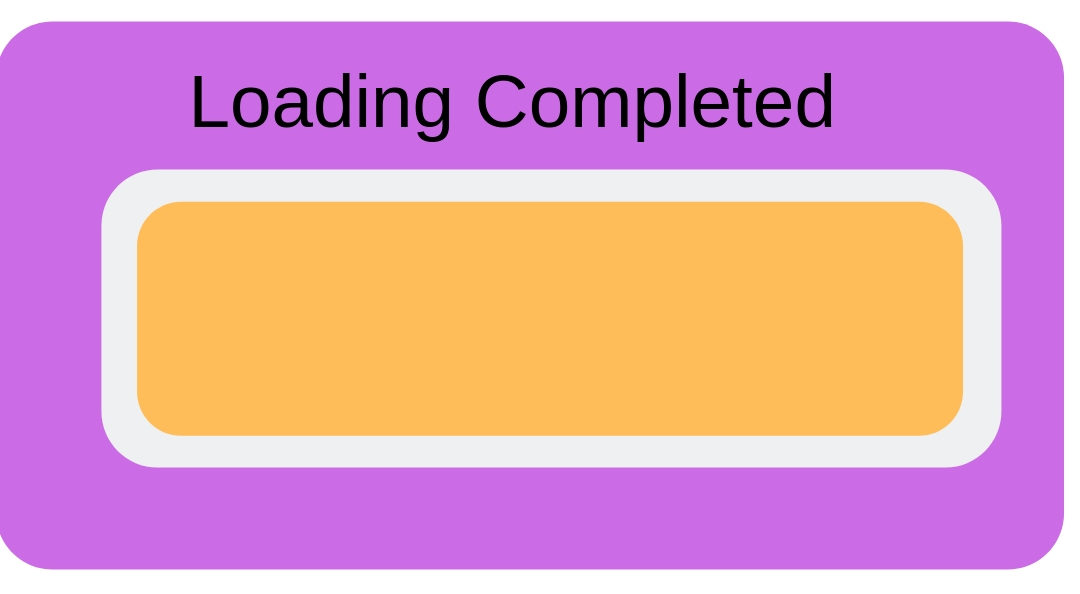What are Progressive Web Apps (PWA)?
Progressive Web Apps can be defined as applications that combine the best features of both – Websites and Native apps. As they are constantly progressing, they are termed as ‘progressive’ and called as Progressive Web Apps (PWA)
Why do we need Progressive Web Apps (PWA)?
Every mobile user has dozens of native apps installed in his/her phone. The problem with these native apps are, firstly, the user has to install them to use. An average app takes around 30 mb to 200 mb of mobile space which in return consumes the mobile data/internet of the user. Secondly, these apps need regular upgradation that adds up to the internet and space consumption. With constantly downloading different apps and upgrading the existing ones, there comes a point where the user has no space left in his device and ends up uninstalling some of the apps!

As a matter of fact, most of the applications that are used today have a full functioning website providing the same features as mobile apps. So, why to waste time, disc space and internet over native apps? Thus, progressive web apps are the new trending thing whose core feature is to provide users with native-like, superior experience of an app in a web browser. To simply say, PWAs are mobile apps acquired through websites (learn to build PWA in JavaScript here)
The emergence of progressive apps
As per the statistics, 62 % of the total global population owned mobile phones in 2016 and it was estimated that the number would rise up to 67% in 2019. As more people are shifting to mobile phones from websites, the need to develop mobile-friendly sites emerged.
To enhance mobile experience, designer Frances Berriman and Google Chrome engineer, Alex Russell came up with the idea of ‘Progressive web apps’ in 2015. In Russell’s words, progressive apps are “Just the websites that took all the right vitamins”. (PWA’s can also be built with ReactJs, know how)
Features of Progressive Web Apps
1. Progressive web apps are built with progressive enhancement feature that facilitates the working of these apps for every user, regardless of the browser that they are using.
2. PWA is highly responsive. They automatically adjust to all forms of browsing such as mobiles, desktops, iPads, tablets, and more.
3. Users don’t have to wait for the installation of the app or for the loading time in case of the browsers. Progressive web apps are instantly available.
4. As they are built on the ‘app shell model’ progressive web apps provide an app like interactions and feel.
5. PWA don’t need manual upgradation, time and/or space. They are always update-ready.
6. Progressive web apps work on a secured server i.e. HTTPS. Thus, browsing through them is a safe experience.
7. Just like native apps, progressive web apps also have push notification feature and can generate engagement for your brand.
8. Don’t mistake PWA as just another website. They are installable like apps. All a user has to do is install the website to their home screen with just a click. PWA saves the user from visiting an app store and downloading the app. Here, the apps are installed instantly and gets updated on their own.
9. PWA can also be shared with other users through URLs and can be linked with other portals too.
Why Progressive Web Apps are a great advantage to small and medium-sized companies/organizations.
1. On contrary to the native Android and iOS apps, Progressive web apps are cost effective. As making a website is a lot easier and affordable than making apps, PWA is an effective alternative for small and middle scale companies and organizations.
2. As already discussed, progressive web apps are not restricted to a specific platform, i.e. they can be accessed by all users across different browsers. Also, unlike Android and iOS apps, no separate versions are needed to be made for their functioning, which makes PWAs cost-friendly for the small and medium-sized companies/organizations
Why are progressive apps said to be ‘The future of apps’?
Athough native apps are serving their purpose right, they still have certain limitations that are needed to be tackled. For this, progressive web apps are budding for the future. Below are the few reasons why PWAs can be ‘the future of apps’
1. As PWAs are as suitable to use as native apps and as workable as a website. They are not just another trend but a revolution in the way people use applications and websites
2. Users only need to come across your website through Google search and they can immediately launch your progressive app without any downloading or installation.
3. Once the user gets connected to your progressive app, there is less likely a chance for him to uninstall or unsubscribe your app.
4. While using any application or website, speed is an important factor for a user. Progressive apps provide a fast-speed experience. That is because Java Scripts run separately from the main web thread enabling the PWAs to load instantly. The access is so quick, that the apps load quickly even at a poor net connection.

5. PWAs are user-friendly and provide smooth navigation, animations, and scrolling.
6. Progressive web apps can be made offline from the home screen.
7. Unlike native apps, progressive apps don’t need an internet connection to send background updates and push notifications. They work even with no accessibility of the internet.
8. When native apps are developed, they need permission from a middle-man for their functioning i.e. from Apple and/or Google. Progressive apps work on their own and do not need any permission from any middle man.
9. If you come across a critical bug in a native app, the process to fix it is long and crucial. Firstly, your developer needs to find the bug and then get it fixed. The problem does not solve here, you have to send the changes to your middle man i.e. Google and/or Apple. They will not immediately approve; the fixes first go for a review and then after its approval, the customer gets an update. Cutting short the whole process, Progressive web apps can launch fixes immediately. Additionally, it saves from the harassment of two separate code basis from Android and Apple devices.
Future of Progressive Apps
Though native apps are still a thing and aren’t going away soon, yet progressive apps have marked their presence and have provided a flawless experience to its users, accessibility across various platforms and devices, and have generated a higher ROI. Below are the few players in the market who have benefitted from the development of progressive apps:
-Twitter claims an increase in his ROI through 75 % increase in the tweets and 20 % bounce-rate decrease.
– Lancôme had a 17 % increase in conversions and a 53 % increase in iOS mobile sessions
– MakeMyTrip.com marks an up teem increase in Shopper sessions with 160 percent.
– Progressive apps helped Tinder to reduce its load time from 11.91 seconds to 4.69 seconds
– Trivago increased its user engagement through 150%
The list goes on… There are many more sites that have benefitted from PWA apps (you can check the accurate statistics here)
Still emerging, we hope to see more advancement in the PWA’s growth in the near future.



